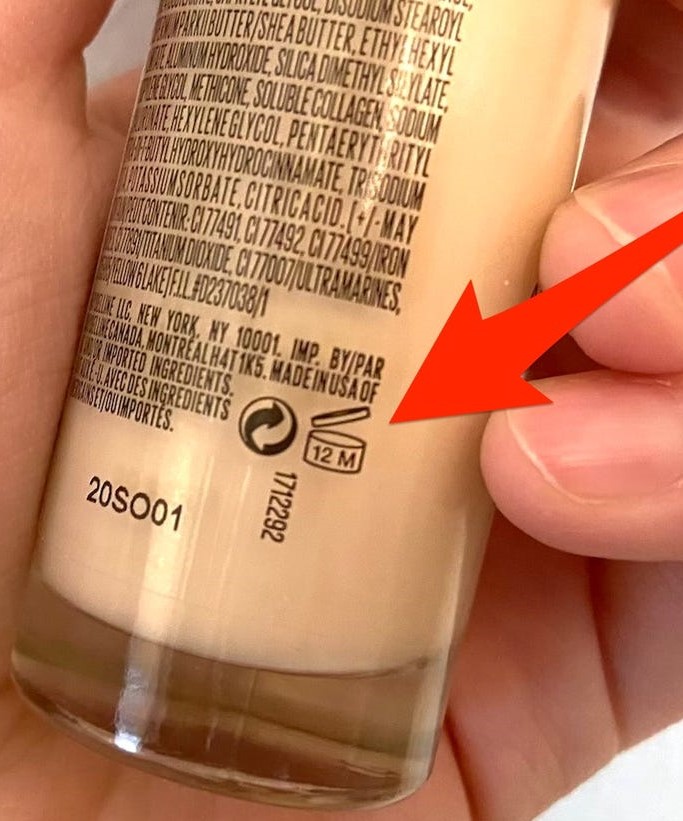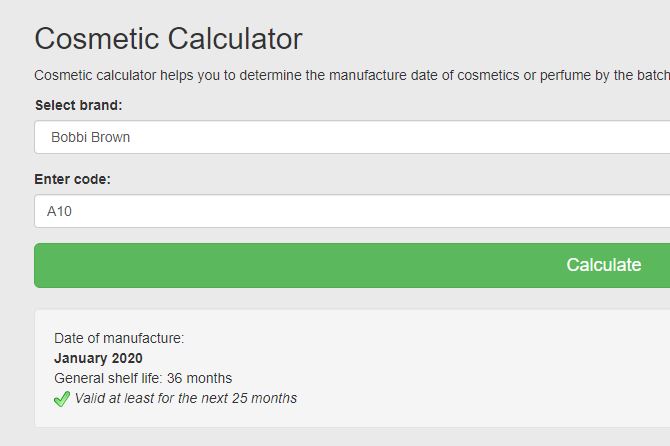Understanding the Shelf Life Of Beauty Products
I am definitely guilty of stocking up when it comes to skincare products. I have a walk-in closet with shelves dedicated solely to my beauty purchases and that doesn’t even include makeup! With that said, I am very cognizant of when I purchased every product and when I should consume them. This is especially the case once I open a product. Shelf life drastically changes as soon as the seal is broken and that is when the real clock starts ticking. Here is a cheat sheet that you can use to help you understand the shelf life of beauty products so you can responsibly stock-up the next time a great beauty deal comes around.
What You Should Know
With the shelf life of beauty products, the clock starts the second a product is opened and used for the first time. According to the FDA, this is due to a number of different factors.
- Dipping fingers into a product adds microorganisms, such as bacteria, which need to be controlled by preservatives. Overtime preservatives can break down allowing bacteria to grow.
- Applicators, especially mascara wands, are exposed to bacteria and fungi each time you use them.
- Emulsions, which are mixtures of water and oil, can separate.
- Exposure to moisture, such as in a bathroom, may make it easier for bacteria and fungi to grow.
- Products can dry out, causing them to harden and crack.
- Temperature changes and exposure to sunlight and air can cause changes in color and texture. This may also cause the products to smell.
Once A Product Is Opened…
The length of time within which a product should be used varies and depends on the product type. Aside from waiting for a cream or liquid to physically change, there is a very simple way to manage the shelf life of almost every product.
The next time you buy a skincare product take a look at the container and look for one of the symbols below. The symbol is on the product itself and not the packaging. A symbol of an open jar is used to denote the time in months within which the product will remain in good condition after it has been opened. This is known as the “period after opening” and this timing is determined by the manufacturer. This is the easiest way to manage the shelf life of your products. Taking it a step further, it would be wise to create some sort of system to record the date you opened the product. For example, write the date on the product with a marker so you can manage this timeline even better.


How Long Do Unopened Products Last?
What about the products you bought a while ago and haven’t had a chance to use yet? Are they okay to use even if they don’t have a clear expiration date on them? The short answer is that unopened skincare and makeup should in general last from one to three years. They last longer than opened products because they have less chance of being exposed to bacteria.
I have read a lot of materials on this topic from government websites to articles by Dermatologists and Chemists. The consensus is that most good cosmetic manufacturers will do stability and microbial testing to ensure a product has a two to three year shelf life if unopened. Exposure to air is the biggest issue impacting the shelf life of beauty products. When products are sealed it means that no air or bacteria have entered the product. In theory, this means they should be just as good as when you bought them.
Most beauty products don’t actually have the expiration date on the product. There are no regulations or requirements in Canada and the U.S. that require cosmetic manufacturers to print these dates on the labels. With that said, most products do have some sort of batch or lot number on the packaging. These numbers have the date of manufacturing embedded in them. It is not always easy to decipher these codes but there are websites that have aggregated batch codes for various brands. With certain inputs they can tell you when a product is made and I put this to the test. I took a Bobbi Brown Eye Cream that I just bought and found the code on the box “A10.” I keyed it into the website Cosmetic Calculator. The results are below.

Some Last Tips
How you handle your products also has an impact on the integrity and longevity of the product. Here are some tips from the FDA on maintaining the quality of your products and keeping them bacteria-free longer.
- Keep containers and applicators clean.
- Use a spatula or a small plastic applicator to scoop the product onto your hand instead of sticking your fingers into the jar to lessen the risk of contamination from bacteria on your hands.
- Store cosmetics properly in a cool, dry place. Heat can make preservatives break down and cause bacteria to grow faster so avoid leaving them in hot or warm spaces (i.e. your car)
- Don’t share makeup. This is an easy way to avoid breeding bacteria and sharing infections.

10 Comments
Rose
I love this post!!! I think we have all questioned whether a product can still be used at one point or another – very helpful information!
Margin Of Beauty
Thanks Rose! I am glad you found this information helpful.
Miranda Balogh
Good read! I actually didn’t know about the container symbol on beauty products. I’ll have to make note of that in the future. Thanks for sharing!
Margin Of Beauty
Thanks for the feedback Miranda! Glad you found it helpful. 🙂
Karen | Online Blog & Business Help
This was really eye opening! I need to trash a whole lot of products ! haha Thank you for this info.
Margin Of Beauty
Glad you found this helpful Karen!
Alice
Great information. I better go throw some of my older products now! 😅
Aditi Jain
This is like woah… literally eye-opening. I didn’t know so much about beauty products. Thanks for sharing this.
Margin Of Beauty
Glad you found it informative. 🙂
Kathleen Wonders
I knew about these but still can’t follow them to a tee hahahaha. It’s okay with the daily products I use because I’m sure to finish them before the time indicated. But for products I rarely use like masks and stuff, I’m guilty of using way beyond the “use within x months after opening” date! Thanks for reminding me to be more careful. Wouldn’t want to get breakouts or infections because of expired or no longer effective products!